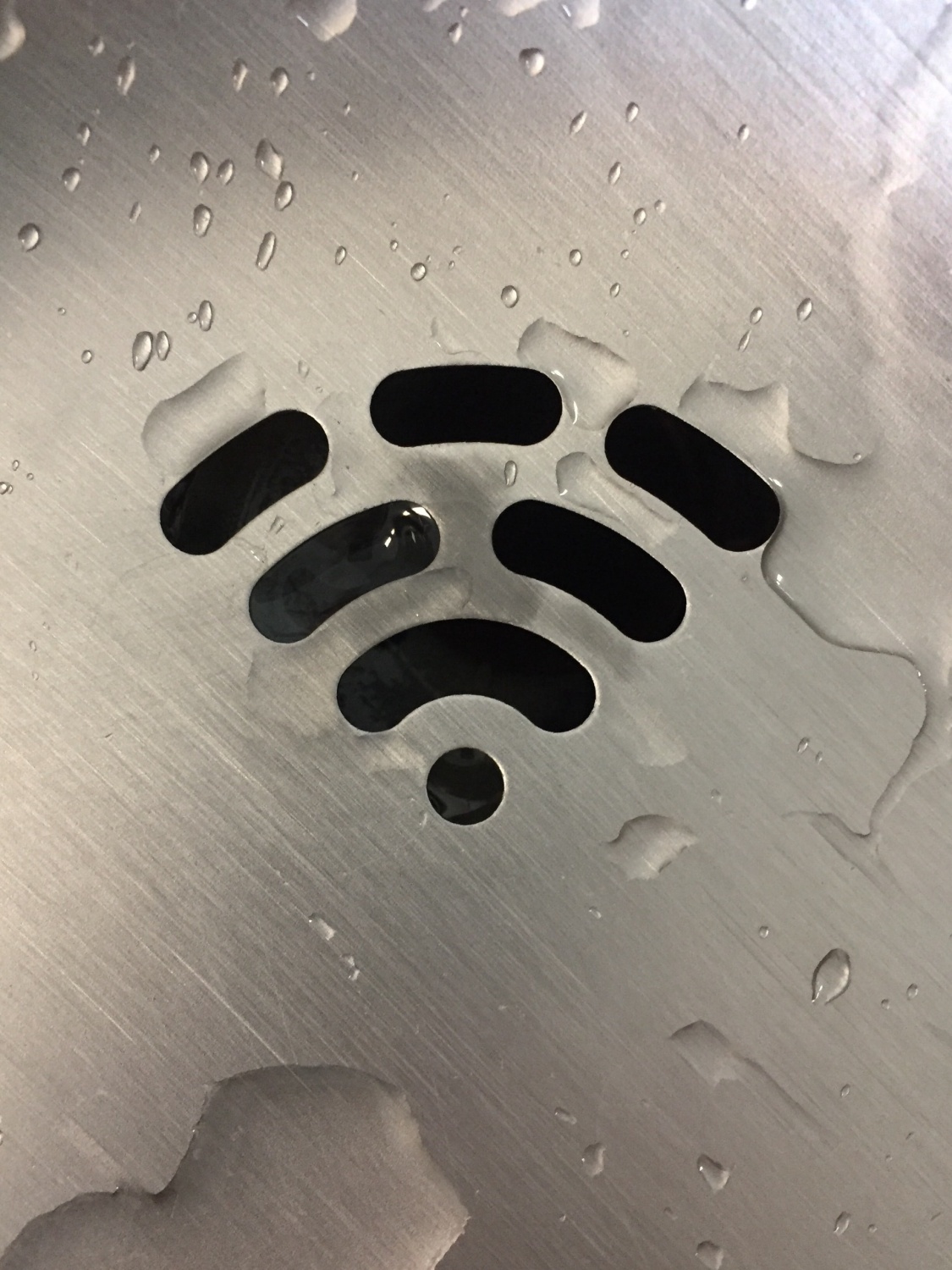

This allows you to simply determine where slowdowns and issues exist, as you can see the performance and information between individual nodes. For instance, its proprietary NetPath™ tool lets you detect and display network pathways with a visual traceroute. NPM offers useful Wi-Fi analysis, scanning, and network management features. Despite its extensive list of features, it remains simple and intuitive. The SolarWinds Network Performance Monitor, with its Wi-Fi analysis features, is one of the most comprehensive tools available on the market.

SolarWinds Network Performance Monitor (Free Trial)
#APP TO TEST WIFI SIGNAL STRENGTH SOFTWARE#
This kind of software is usually easy-to-use and can provide great benefits in terms of connection reliability, signal strength, and download speeds.ġ. In my opinion, using Wi-Fi analyzer software can be an excellent tool for optimizing business and even at-home Wi-Fi performance. By knowing where your signals are, which devices are connected, and what neighboring devices or networks exist, you can keep track of authorized and unauthorized users and devices to keep your network safer. Having lots of devices attached to your network can also put individual devices at risk.
#APP TO TEST WIFI SIGNAL STRENGTH CRACK#
Rogue attackers can crack open encryption, and wireless devices in secured buildings can be compromised by signal leakages. This can help you determine which devices should stay and which should get booted off the network to improve Wi-Fi speeds and reliability.Īlong with detecting and deterring slow network speeds, a Wi-Fi scanner or analyzer can also help you protect your wireless network. Having lots of connected devices can negatively impact your wireless network-when you scan for devices using a Wi-Fi Analyzer or scanner, you can see how many devices are on your network and what those devices are. One example of this is troubleshooting a slow wireless network. Wi-Fi scanners and analyzers are built to display wireless network activity through:īy locating all devices in your network and gathering their information, a Wi-Fi scanning tool can help you detect problematic devices along with other wireless network issues. By gathering data like signal strength, coverage area, bandwidth trends, and more, a wireless network scanner can enable you to monitor and understand the activity happening across your Wi-Fi networks. Scanning for wireless network devices enables you to view critical insights into your wireless network and devices, so you can troubleshoot and optimize your overall Wi-Fi performance. You can also use Wi-Fi scanning software to discover areas in your facility with a weak Wi-Fi signal. Using a Wi-Fi network analyzer for consistent Wi-Fi scanning helps you collect data and identify problems and indicate potential solutions, such as switching to another channel to reduce congestion. Wi-Fi signals are constantly changing, and small changes in the network can have massive effects on the overall connection uptime. A wireless network analyzer can help you maintain connection quality, which can be vital for numerous business needs and performance metrics. In simple terms, a Wi-Fi analyzer or scanner gathers information about access points and channels on your network and displays it in an easy-to-understand, visually accessible way. The Wi-Fi analyzer then examines the spectrum to view networks, their channels, and signal strength. Most Wi-Fi network analyzers work in a similar way, in which you can choose a wireless spectrum to examine, such as 2.4GHz or 5GHz. What Are Benefits of Automated Scanning for Wireless Network Devices? It includes high-performance network monitoring and insights and troubleshooting features, including Wi-Fi scanning and analysis capabilities, to ensure your network starts working again as soon as possible after a problem arises. One of my favorite tools for identifying and solving these kinds of problems is SolarWinds® Network Performance Monitor (NPM). And of course, analyzing and understanding your wireless network is key. Within your Wi-Fi network, several optimizations could help ensure your network is functioning appropriately, including router placement, appropriate channel, and security measures. When everyone around you is blasting their own Wi-Fi signals-particularly in large business complexes with lots of other large companies-you’re more likely to experience problems with Wi-Fi signals dropping out, poor connectivity, and slow performance. As the number of wireless networks explodes, detecting, managing, and maintaining your Wi-Fi can become problematic.


 0 kommentar(er)
0 kommentar(er)
